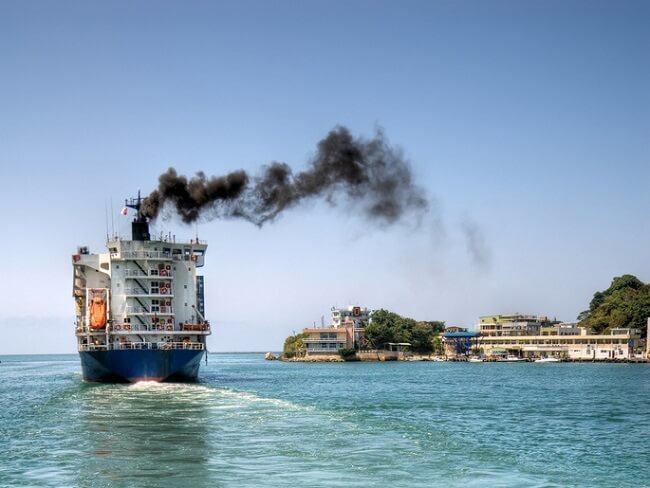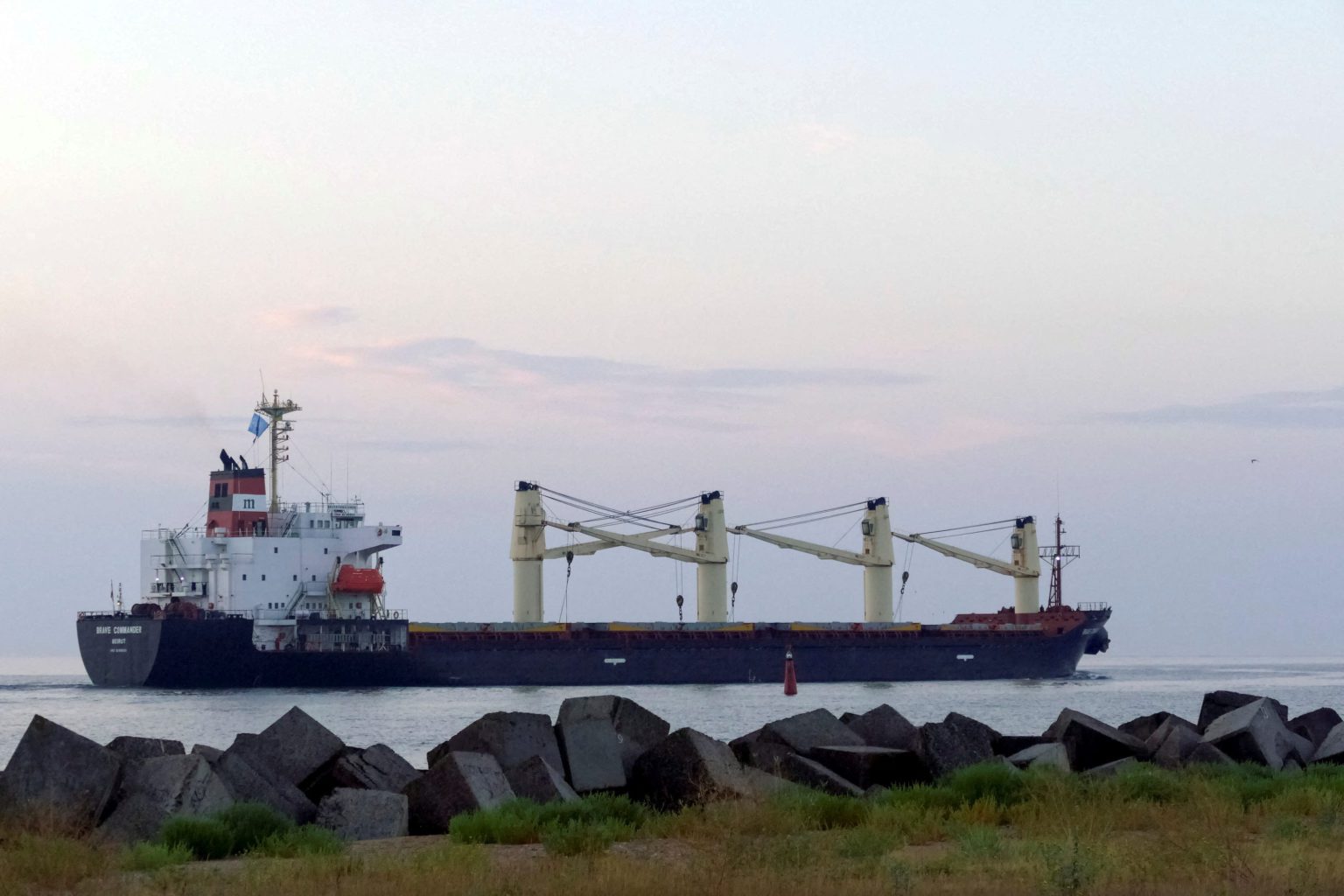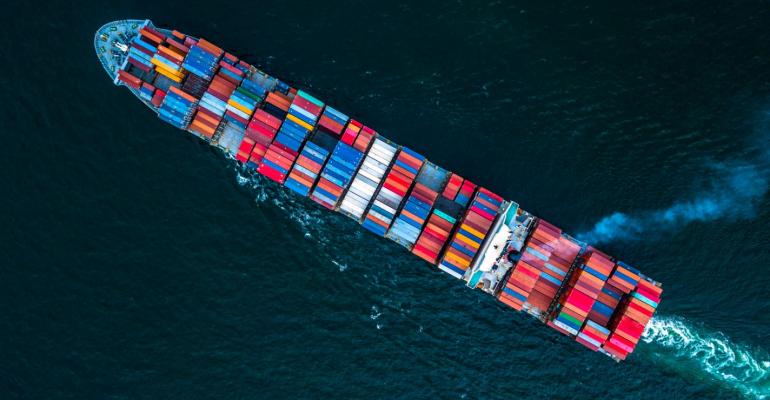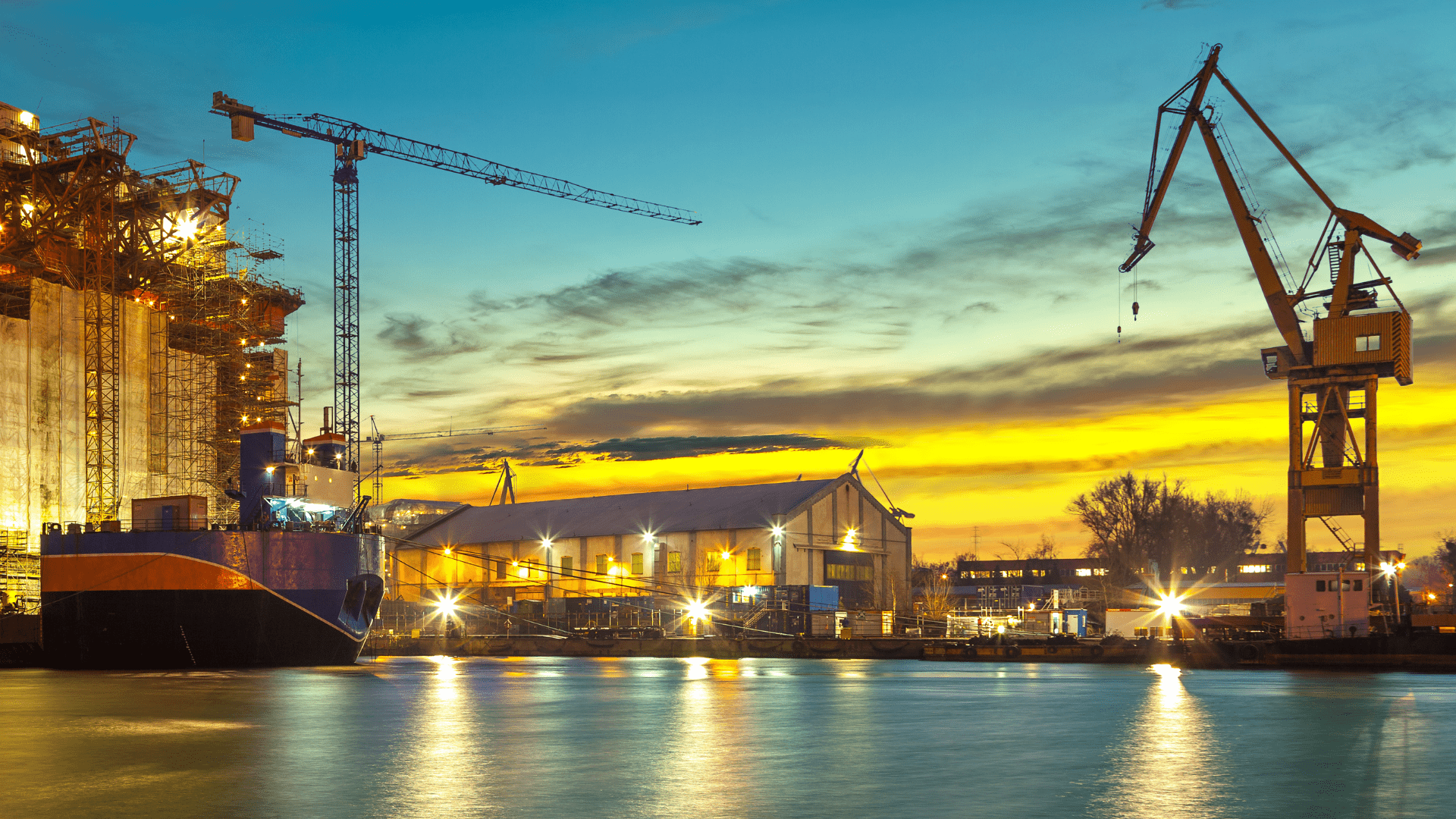Scrubbers move pollution from air to sea. Should shipowners rethink before installing them?
The concern about air pollution by ships has forced the International Maritime Organization (IMO) to come up with the designation of sulphur emission control areas (SECAs)1 to mitigate the regional environmental impact of sulphur oxides (SOx) and particulate matter (PM). Ships need to comply with SECA requirements by using fuels with no more than 0.1% sulphur content within the region.
While marine scrubbers have helped the shipping industry comply with SOx emission limits and improve air quality, they often shift pollutants from air to water, raising new environmental concerns. Latest technologies, such as hybrid scrubbers, could mitigate this risk partially.
Drewry’s ESG department has examined the operational and environmental implications of scrubber technologies based on available data and case studies. These findings aim to support more informed discussions among industry stakeholders, rather than offering definitive conclusions.
Overview
There are four SECA under MARPOL Annex VI and three new regions have been approved—the Med SOx ECA entered into effective implementation as of 1 May 2025, followed by the Norwegian Sea and Canadian Arctic ECA from 1 March 2027.
The Med SOx ECA, along with the existing North Sea and Baltic Sea ECA, will form a European super emission control area. In order to further mitigate SOx air pollution, MEPC 83 approved another new SECA in April 2025 to cover the North-East Atlantic area, which further expands the super emission control area.
Scrubbers or EGCS (exhaust gas cleaning system) initially became popular due to concern about the availability of very low sulphur fuel oil (VLSFO). Initially intended to reduce SOx emissions from heavy fuel oil (HFO) with sulphur content of 3.50% to 0.50%, the quality of scrubbers has since improved and they can now reduce SOx emissions to below 0.10%. This may impact the cost of voyages through the new SECA regions because of the higher cost of compliant fuels, unless the vessels have scrubbers installed.
The popularity of wet scrubbers2 has grown since 2018, with installations surging from 326 to 6,050 globally by end-2024, accounting for 5.34% of the global fleet. The main drivers of this surge are the regulations to reduce SOx emissions and the cost difference among HFO, VLSFO and low-sulphur marine gas oil (LSMGO).
Are Scrubbers really solving the problem?
Several case studies have found that scrubbers are merely shifting the problem of pollution from the air to water. It can be seen that scrubbers are in compliance with the present environmental policies and guidelines, but studies consider them biased against the impact on the marine environment. It was found that the list of polycyclic aromatic hydrocarbons (PAHs) and hazardous substances from the U.S. Environmental Protection Agency (EPA) does not include the extremely harmful alkyl-PAHs, which paints an incomplete picture of the impact of the scrubber wash water discharge. Several projects found that major toxicological effects are related to alkyl-PAHs, vanadium and naphthalene. Scrubber wash water also affects components of the marine food web as it restricts the survival and growth of planktivorous invertebrates and fishes in their larval stages.
Stringent laws and initiatives to ban scrubbers
In order to recover the lost biodiversity, several measures have been taken globally, such as the adoption of a global biodiversity framework, the EU’s Biodiversity Strategy for 2030 under the European Green Deal, the Nature Restoration Law, Natura 2000 and strict proposals to ban scrubbers in Sweden and Contracting Parties of the OSPAR Convention3.
Contracting Parties of the OSPAR Convention also carried out a modelling study on open-loop scrubber discharges, suggesting the impact of PAHs and incompleteness in terms of targeting metal concentrations in the revised IMO guidelines4.
A member of the OSPAR convention, the Swedish Government has decided that any wash water discharge from scrubbers in the State’s maritime territory is prohibited and has thus proposed the ban in the following two steps:
- Step 1- From 1 July 2025, emissions or wash water discharge from scrubbers operating in open-loop mode will be prohibited.
- Step 2- From 1 January 2029, discharge from all types of scrubbers, including those used in close-loop mode, will be prohibited.
Although the demand for scrubber-fitted vessels is trending upwards in the current market, there is considerable debate on the long-term impact of scrubber wash water. With various countries banning open-loop scrubbers, vessel owners will be forced to use alternate measures—either opt for close/hybrid scrubbers or use low-sulphur fuels. However, various case studies have been submitted regarding the sample of close-loop discharge water, which resulted in the death of copepods5 within one day of being exposed to a 5% concentration of the sample from the scrubber and within eight days when exposed to a 40% concentration of the scrubber effluents.
Considering the upcoming SECA regions as well as strict measures by countries for a complete ban on wash water in their territorial waters and recent studies on close-loop scrubbers make hybrid scrubbers a better option due to their commercial applicability and easy adaptation. If vessel owners opt for close-loop/hybrid scrubbers, they will require more tank capacity to keep the effluents onboard for transfer to appropriate port reception facilities. We recommend that shipowners carefully consider these factors before opting for scrubber installation in the newbuilds.
Uncertainties surrounding the OCCS system
Onboard Carbon Capture and Storage (OCCS) is an emerging technology where, in most versions, the exhaust gas is cooled and SOx removed before passing the exhaust into the CO2 removal unit. The required cooling of the exhaust gas and SOx removal is done by a wet scrubber, and therefore, scrubbers are a prerequisite for many OCCS systems.
As current regional measures to ban open-loop scrubbers will create a bottleneck for OCCS systems, which require wet scrubbers for cooling and sulphur removal, new advancements such as dry scrubbers 6 might be a better option.
More pilot projects are required for dry scrubbers, in addition to the acceleration in research and development in this area.
Conclusion
When opting to install scrubbers on their vessels, shipowners should bear in mind the global awareness about water pollution by wet scrubbers. OCCS manufacturers and vessel owners should also consider dry scrubbers or other technologies to remove sulphur and cool the engine exhaust.
Source: Drewry



